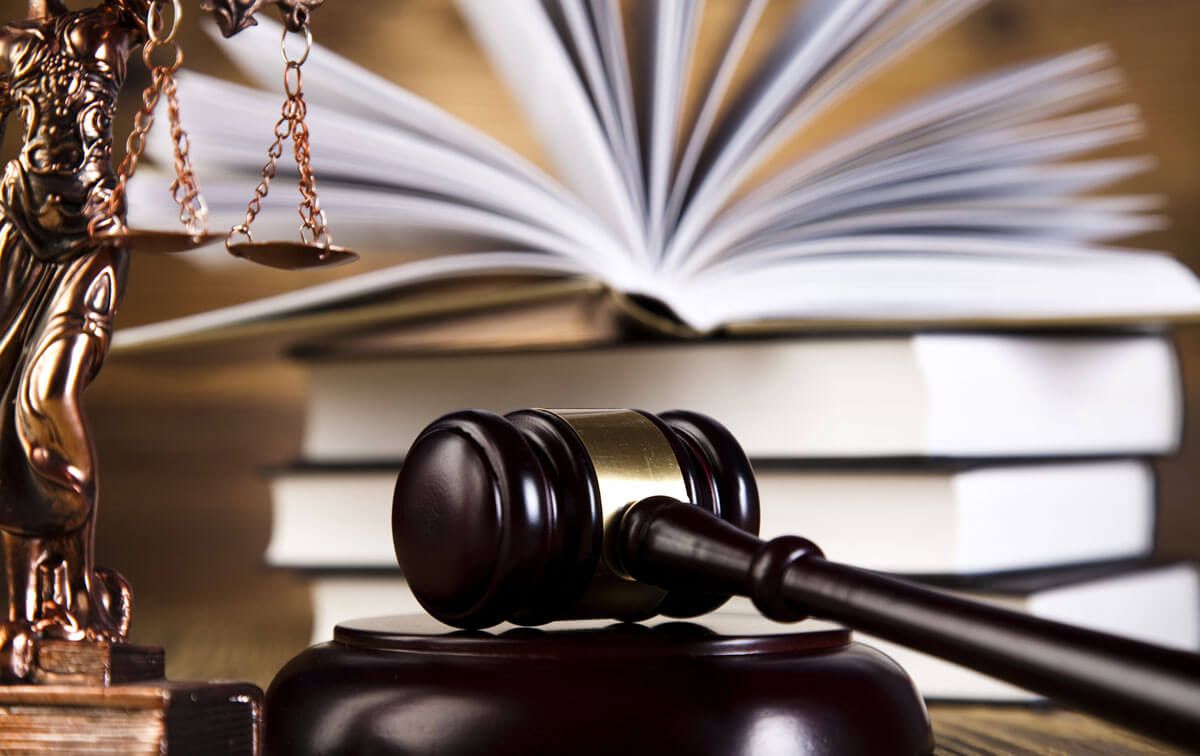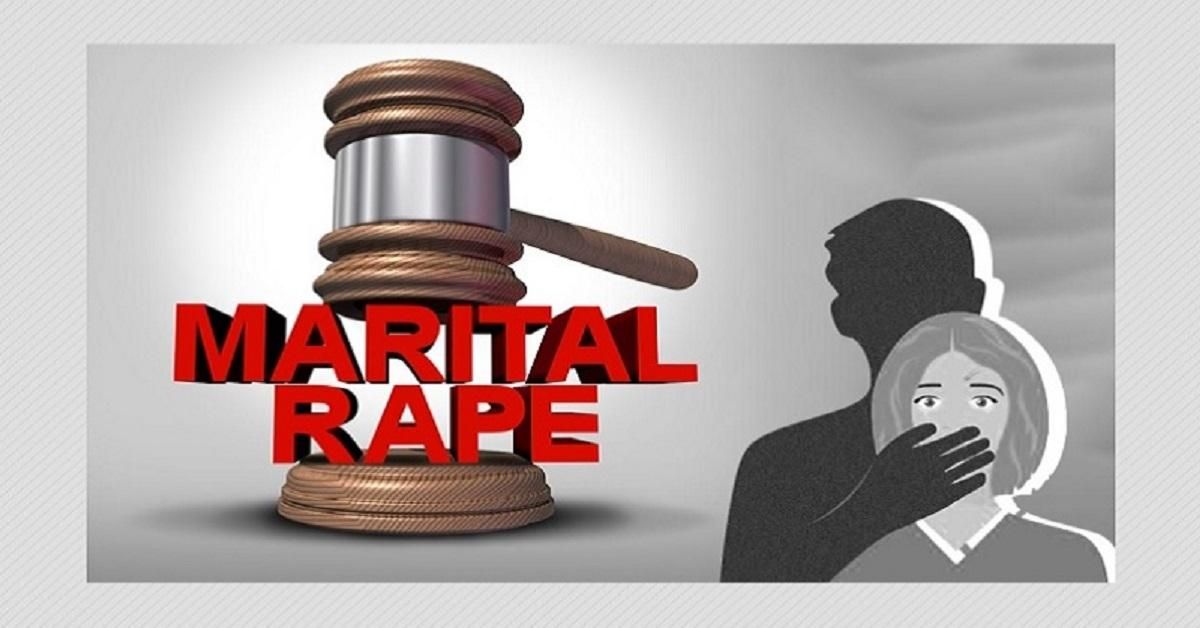Author: Kumari Monam, LL. B 3rd year, a student of Bharati Vidyapeeth deemed to be university New Law College, Pune
Introduction
The Supreme Court of the United States plays a critical role in shaping the legal framework and societal norms of the country. Its decisions not only interpret the Constitution but also influence public policy, impact civil liberties, and guide the operations of the government. This article explores the profound impact that Supreme Court decisions have had on various aspects of American life, highlighting landmark cases and their lasting effects.
Body
Constitutional Interpretation
The Supreme Court’s primary role is to interpret the Constitution, and its decisions often redefine the boundaries of governmental power and individual rights. For example, the case of Marbury v. Madison (1803) established the principle of judicial review, empowering the Court to strike down laws that it finds unconstitutional. This decision has had a lasting impact by positioning the Supreme Court as a co-equal branch of government with the authority to check the powers of the executive and legislative branches.
Civil Rights and Liberties
Supreme Court decisions have been pivotal in advancing civil rights and liberties. In Brown v. Board of Education (1954), the Court ruled that racial segregation in public schools was unconstitutional, marking a significant victory for the Civil Rights Movement. This decision not only dismantled the legal framework of segregation but also set a precedent for future rulings that aimed to eliminate racial discrimination.
Similarly, in Roe v. Wade (1973), the Supreme Court recognized a woman’s right to choose to have an abortion, framing it as a constitutional right under the right to privacy. This decision has been central to ongoing debates about reproductive rights and has influenced legislation and public opinion on the issue.
Shaping Public Policy
The Supreme Court’s decisions often have wide-reaching implications for public policy. For instance, the ruling in Citizens United v. Federal Election Commission (2010) fundamentally changed the landscape of campaign finance by allowing corporations and unions to spend unlimited amounts on political campaigns. This decision has led to the rise of Super PACs and significantly increased the influence of money in politics.
Another example is Obergefell v. Hodges (2015), where the Court legalized same-sex marriage nationwide. This decision not only expanded the rights of LGBTQ+ individuals but also influenced public policy and societal attitudes toward marriage equality.
Federal vs. State Power
Supreme Court rulings often navigate the tension between federal and state authority. In McCulloch v. Maryland (1819), the Court upheld the supremacy of federal law over state law, reinforcing the principle that states cannot interfere with federal institutions. This decision has had a lasting impact on the balance of power between the federal government and the states.
More recently, in National Federation of Independent Business v. Sebelius (2012), the Court upheld the Affordable Care Act’s individual mandate as a constitutional exercise of Congress’s taxing power. This decision affirmed the federal government’s ability to enact comprehensive healthcare reform, despite significant opposition from several states.
Influence on Social Norms
The Supreme Court’s decisions often reflect and influence evolving social norms. For instance, the decision in Loving v. Virginia (1967) struck down laws banning interracial marriage, aligning the legal framework with changing societal attitudes toward race and marriage. Similarly, the Lawrence v. Texas (2003) decision invalidated sodomy laws, signalling a shift in societal views on LGBTQ+ rights.
Controversy and Backlash
Supreme Court decisions are not always met with universal acceptance. Controversial rulings can lead to significant backlash and mobilize political and social movements. The decision in Bush v. Gore (2000), which effectively decided the outcome of the 2000 presidential election, sparked widespread controversy and debate about the role of the Court in the electoral process.
The recent decision in Dobbs v. Jackson Women’s Health Organization (2022), which overturned Roe v. Wade, has similarly generated intense public debate and protests, highlighting the ongoing contentious nature of Supreme Court rulings on deeply divisive issues.
Conclusion
The impact of Supreme Court decisions extends far beyond the legal community, shaping the lives of ordinary citizens and influencing the direction of the nation. Through its interpretations of the Constitution, the Court has played a pivotal role in defining the rights of individuals, shaping public policy, and navigating the complex relationship between federal and state powers. As society continues to evolve, the decisions of the Supreme Court will undoubtedly remain central to the American legal and social landscapes, with each ruling carrying the potential to reshape the nation.
FAQS
What is the significance of Supreme Court decisions?
Ans- Supreme Court decisions set legal precedents that lower courts must follow. These rulings can affect the interpretation of laws, individual rights, and the powers of government institutions.
How do Supreme Court decisions impact individual rights?
Ans-The Supreme Court often rules on cases that directly impact civil liberties, such as freedom of speech, privacy, and equal protection under the law. Decisions can expand or limit these rights for citizens.
Can Supreme Court decisions be overturned?
Ans-Yes, Supreme Court decisions can be overturned by a future Supreme Court ruling, constitutional amendments, or changes in federal or state laws.
How do Supreme Court decisions affect federal and state laws?
Ans-When the Supreme Court interprets a federal law, that interpretation becomes binding nationwide. The Court can also invalidate state laws if they are found to be unconstitutional.
What is the role of judicial review in Supreme Court decisions?
Ans- Judicial review allows the Supreme Court to evaluate the constitutionality of legislative and executive actions. This power helps ensure that all branches of government act within their constitutional limits.
What are landmark Supreme Court cases, and why are they important?
Ans- Landmark cases are those that have a profound impact on law and society. Examples include Brown v. Board of Education, which ended racial segregation in schools, and Roe v. Wade, which addressed abortion rights.
Can public opinion influence Supreme Court decisions?
Ans- While the Court is supposed to be impartial, justices may be influenced by broader societal trends and public sentiment, especially in cases with significant public attention.



